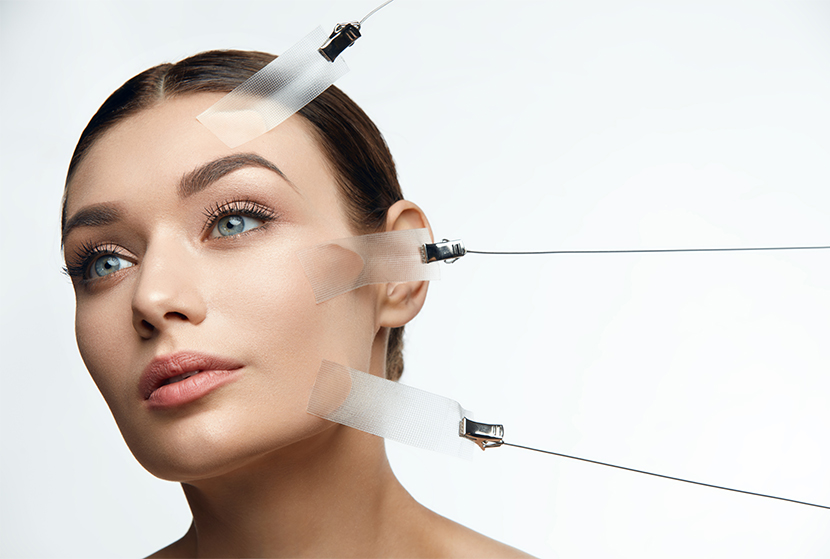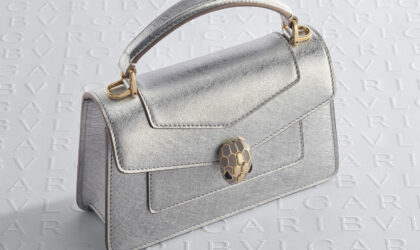Orbis Research reports that the future growth of the anti-ageing market is “observed to rely on the advancement and technological development with enhanced efficacy and safety of anti-ageing products.” We’re also far more conscious of what ageing really means for our skin’s future. Armed with a far greater understanding of the signs of ageing, knowledge means power. And producers of the latest facial rejuvenators are ready and waiting with theirs.
Dr. Leila Sadien, integrative medicine, and aesthetic doctor, medical intuitive and Vice Chairman of the South African Society of Integrative Medicine
“An increasing number of patients are becoming aware of the dangers of anaesthetic drugs, and so fewer are choosing to take the risk of non-essential procedures. The truth is that aesthetic technology has advanced so quickly that almost every elective aesthetic operation can now be done non-surgically. Aesthetics, more than most medical disciplines, have embraced the concept of integrative medicine, developing far more products that are naturally sourced or aimed at addressing the cause or even stimulating the body’s inherent ability to heal. Many non-surgical skin tightening procedures offer a dramatic improvement in skin texture, which facelifts do not. With regards to skin tightening technologies, these are already progressing exponentially – last year’s advancements are already obsolete. Skin tightening threads, for example, lasted up to two years initially and now are able to give results for up to four. Fillers too have evolved that some last as long as four years too. My guess is that the next wave of technology will be aimed at replacing surgical procedures for the body like breast augmentations.
“For facial rejuvenation? We are already using DNA testing to assess our patient’s predisposition to illness or ageing. My prediction is that we will use DNA more in choosing the best procedure for our clients as well as to enhance their results. I also foresee the use of more quantum-based technology (using energy to aid aesthetic procedures). With all of this available, facelift surgery is going to be reserved for very severe cases and the use of a scalpel will likely become a rare, last resort measure.”

Dr Maureen Allem, founder and medical director at the Renewal Institute
“One of the biggest trends that I picked up at the Aesthetic & Anti-ageing Medicine World Congress (AMWC) in Monte Carlo last year was the preference towards a natural look. At the conference, a survey was done among some of the doctors attending and there was an overwhelming majority who said that their patients brief to them – be it Botox and fillers or surgery – was that they still wanted to look natural. Frozen foreheads and trout pouts are out. “What I find the most exciting right now is combining treatments. A good example is the treatment of acne scarring. A micro-needling session can make an improvement but that, together with a peel as well as carboxytherapy and some laser treatment is a plan that is far more potent. Regarding the future of surgery, there will always be a place for it. Even though many patients opt for a more natural effect, for patients who require drastic results, non-invasive treatments may just not be aggressive enough. Remember that the trend towards natural also applies to surgery.”
Dr Judey, co-founder and product developer at Biomedical Emporium
“There are two non-invasive lifting procedures that are big industry news. The first is microneedling which creates micro-pores in the skin while dispensing some active ingredients into it. In some instances, you can go up to 2mm deep and dispense product into the dermal layer and in other cases you go 0.5mm deep to disperse active ingredients like hyaluronic acid which stimulates collagen contraction, retinoic acid which stimulates higher cell turnover rates and ascorbic acid for immediate radiancy, and of course very potent anti-oxidant activity (it also boosts the skin’s immunity). This procedure is also known as collagen induction therapy, which has an immediate lifting action. The more you induce collagen on the skin, the more of a tightening effect you experience, and so you will enhance the tensile strength of the skin.
“The second big thing, skin cauterisation, makes use of plasma technology, to energise the epithelial layer of the skin. It works by ‘cremating’ the outer layer of the skin, meaning you get rid of excess skin. Because over time we experience sagging due to reduced collagen (and therefore excess skin), skin cauterisation is able to remove this excess without a surgical procedure. It does create an immediate scab that lingers for just over a week and once that’s gone the results are instant. There are so many tools available now, that can replace surgery. With skin cauterisation the down-time is halved, compared to the surgical option.”





